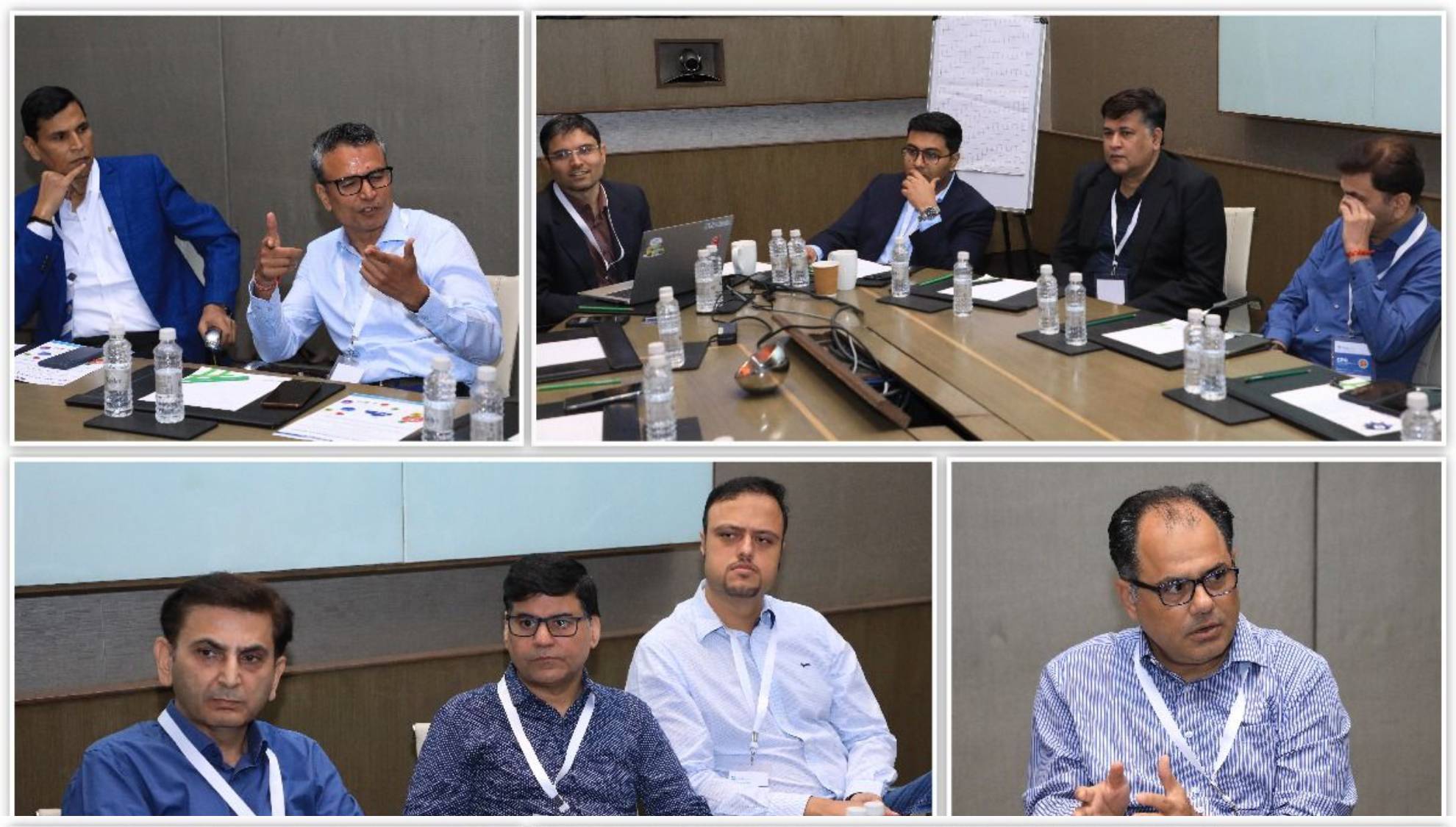This was the focus of a recent CXO roundtable organized by FieldAssist in Delhi, and moderated by Bibaswan Dutta, Digital RTM lead at EY Consulting.
Technology can work wonders. It can make companies more efficient, agile, nimble, and well-run in general. And it unlocks great value for shareholders.
While technology can transform your business, many digital transformation projects fail to reach their true potential.
Technology deployment needs to be a well-thought strategy keeping in mind the business needs of the organization, not just the current trends in the industry. It needs to go beyond merely keeping the lights on. Technology needs to drive the business, and not just play a support role, relegated to the IT team as the sole stakeholder.
Far too many technology transformations start and end with technology, with the business often relegated to a side role. Yet, the ideal framework is one in which the business is not just involved, but is front and center to the entire project.
“We in Africa make the IT team the interface; it’s the business (sales team) that owns the tech transformation,” shared Dinesh Kumar, Mayora Nigeria Ltd.
And herein lies the challenge. Even the most well-meaning projects fail because they are not calibrated correctly with business demands. The challenge is not just how to use technology, but how much. And knowing when to stop, and when to start again.

Table of Contents
ToggleSlow and Steady over Fast and Fumbling
Every business transformation project needs to be built by keeping end users’ needs and the business’ goals in tandem. Participants shared thoughts on the following points:- Adding value: When determining the scope of the project, keep in mind what is important and what adds value to the business. These two may not be the same thing. Different stakeholders might have different perspectives and it is important that they be aligned with your overall business goals.
- Consistency is key: A common challenge is that such initiatives sometimes tend to lose momentum and support from stakeholders as they progress. It is important to stay focused and consistent, as summarized perfectly by Dhruv Suri, General Manager – Sales Transformation & IT ( Consumer Products) ar Borosil Ltd., “Change management has to be regular and constantly done; it’s not a one-time exercise; otherwise, adoption will fail.”
- Build from the ground-up: Involving end users and stakeholders from the initial phase of the project itself, and not just as a side thought or merely towards the end for gathering feedback or as an afterthought, is critical. Remember, your customer is not the IT team, but the business users. Alignment with all levels of the pyramid is a key determinant of success. In the words of Kavish Goel, General Manager, Business Strategy at Signify, “Vision is presented to the management by tech vendors, but the last mile never gets to hear it.”
- Silver bullets and silver linings: Technology is needed for data collection, access, and analytics which aids decision making. Yet, the transaction between the promise of automation and the need for manual intervention is a continuous effort. A similar fine line needs to be drawn between work discipline and independence. Gamification is the best strategy to align employee incentives to business objectives.
- Success metrics: Few things in any tech transformation are more important than how success criteria is defined. It is worth spending some time and detailed debate amongst business teams to accurately determine your priorities. Define what is important for you and your industry or campaign. For example, if you are running a loyalty program, then the activation rate of redemption vouchers is important. If you’re in the clothing apparel category, accuracy of data collection holds a lot of value, while in the milk category, outlet activation might be a higher priority. As Prince VP, AGM – Information Technology at Daikin India put it, “All digital transformation is critical, but you should be selective in your approach,” emphasizing the importance of prioritization.
- Buy-in from Business teams: Every business transformation project must be accompanied by a business innovation team. Preferably composed of senior, experienced members from sales and strategy, the team should be positioned to guide the project towards suitable business outcomes. Some organizations may find a Sales Excellence team, in cases where the main focus is sales, more suited to their needs once the strategic-level decision making is taken care of. “Top management push, setting up a Sales excellence team, and solution approach are three critical aspects of tech transformation,” said Karan Sood, Head of Trademarketing, GTM and Sales Transformation at V-Guard.
“Convincing people is the biggest challenge; Tech instills fear in them!” neatly summarized Vineet Chadha, National Sales Head at Brew King Beverages.
For more details on how technology can be leveraged as a business enabler, and not just as a tool to keep the lights on, Request a demo today!

















